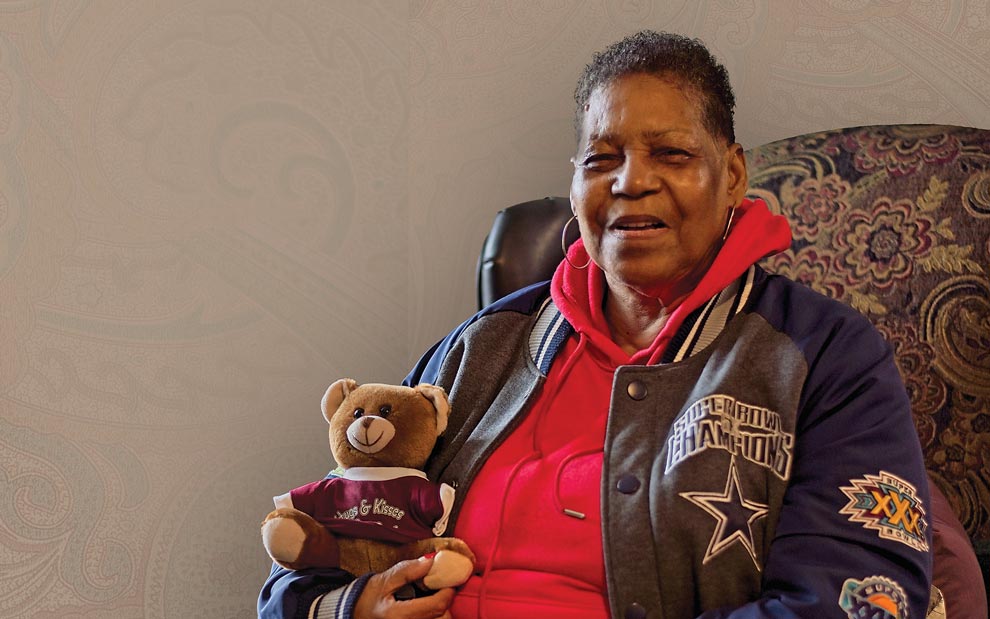No matter our age, driving gives us a sense of independence, pride, and freedom. It matters in people’s lives, and while driving is the word, mobility is the goal. Studies show that as we age and mobility decreases, quality of life may diminish as well.
Today, older Americans are more mobile and active than generations past, due in large part to an increase in the age of retirement and improved health in senior years. Driving continues to be the number one mode of transportation for people sixty-five and older. As our population ages, we can expect more mature drivers on our roadways.
According to preliminary DMV data, 133 mature drivers (or drivers sixty-five and older) were killed in crashes in Virginia in 2019. Surprising for this age group, 34 percent of the drivers were not wearing seatbelts. Buckling up is one sure way drivers of all ages can reduce the number of traffic-related fatalities and injuries. Broadly, seniors account for a small number of crashes, but older drivers tend to sustain more serious or fatal injuries in wrecks due to frailty, bone density, and muscle loss. Ultimately, it is driving fitness and ability – not age – that matter most in driver safety.
The National Highway Traffic Safety Administration (NHTSA) studied thousands of crashes involving seniors from a 4-year period. Researchers identified five specific types of crashes that are more likely to occur when mature drivers are behind the wheel. Being aware of these circumstances before driving might encourage a new level of caution for senior drivers.
Turning left across oncoming traffic
Drivers have to estimate the speed and distance of oncoming traffic before executing a left turn. A miscalculation of that gap can result in a crash. Consider only turning left at intersections with a dedicated left turn arrow. You might also map out a route with fewer left turns.
Turning right at a yield sign and merging with traffic
The driver has a separate right-turn-only lane to turn from, but no dedicated merge lane to turn into. If the driver fails to yield the right-of-way to vehicles approaching from the left, a collision is likely.
Navigating 2-way and 4-way stop signs when cross traffic does not stop
Cross traffic has the right-of-way in this scenario. A driver must determine the speed and distance of cross traffic. If the driver fails to do so, he or she runs the risk of turning into the path of vehicles. A quick check of the stop sign can provide valuable information. The sign will indicate if the intersection is a 4-way stop. If not, assume cross traffic has the right-of-way.
Changing lanes on a busy, multi-lane roadway
Simply signaling the intention to change lanes does not give the driver the go-ahead to do so. Drivers must ensure there is no vehicle in the adjacent lane before moving over. Adjusting the mirrors properly can help reduce blind spots, but always check over your shoulder before changing lanes.
Merging onto a highway
While yielding the right-of-way, the merging driver has to determine the adequate space required and match the speed of the vehicles already on the highway.
These common crashes occur when the senior driver has to predict, estimate, and gauge how other drivers will react to their merge, lane change, or left turn. Recognizing these situations and making adjustments can help older drivers prevent crashes.
What other steps can mature drivers take to keep driving safely for as long as possible? For starters, use these strategies to self regulate your driving. Exercise routinely to stay mentally and physically fit. Before especially long drives, stretch the neck, arms, legs, and torso. Visit the doctor regularly. And finally, take a refresher course. Look for driving and traffic safety events in the area sponsored by AAA and other organizations to help sharpen your driving skills.





